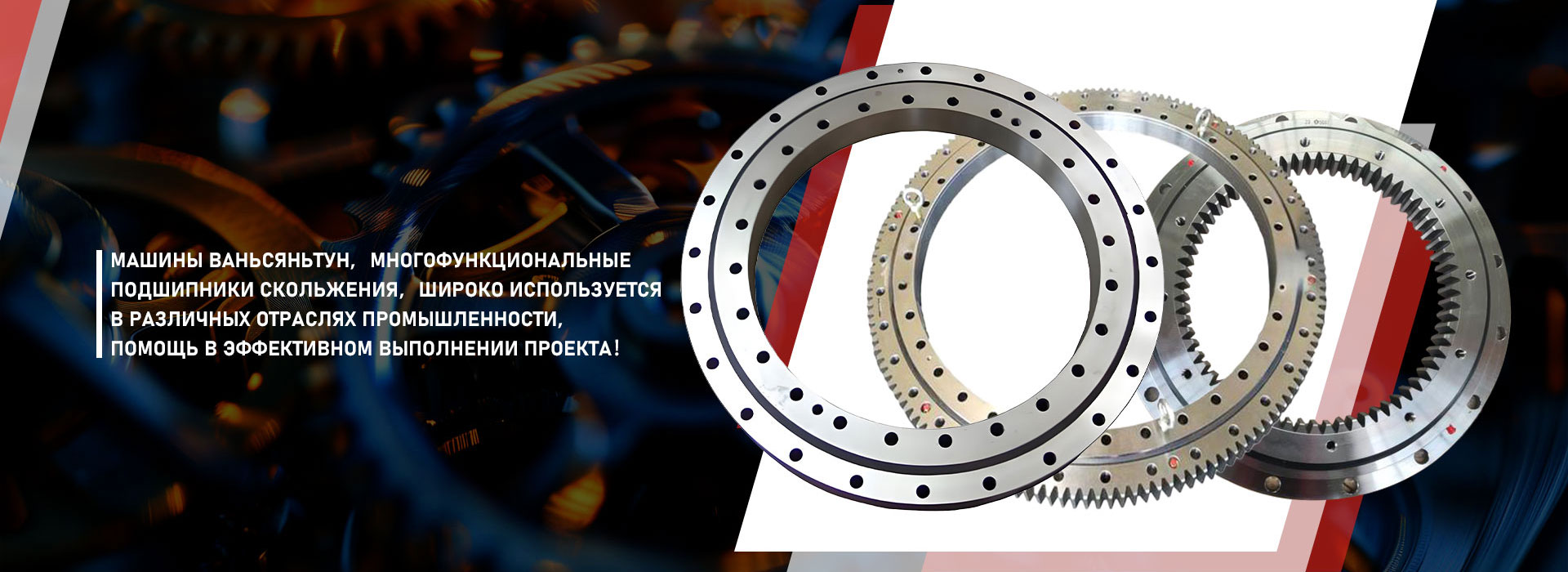
supporting rotary bearing spark
Supervisor Supervisor
The support-farm bearings are irreplaceable details in many mechanisms, from household appliances to complex industrial installations. Imagine a rotating axis that should be reliably fixed and at the same time spin freely. This is where these small but important assistants come to the rescue. Speakers of the spark is one of the types of such bearings, providing smooth and durable rotation.
Device and principle of operation
These bearings consist of several main elements. The central element is, in fact, the axis around which rotation occurs. The elements surrounding this axis are bearing rings that provide reliable maintenance of the axis and at the same time sliding. Between the rings and the axis, special elements (for example, balls or rollers) are often located, which reduce friction and provide smoothness. Rotation is due to the fact that these elements do not stick to each other, but only slide or roll. The less friction, the longer and more efficiently the mechanism works.
The advantages of the sparking supporting bearings of the spark
Iskra bearings, like other similar ones, have a number of advantages. Firstly, they provide very low friction, which saves energy and extends the service life of the mechanism. Secondly, they are resistant to various loads, both small and more significant. Thirdly, they can withstand quite high rotation speeds, which is very important in modern devices. And finally, they, as a rule, are quite simple in installation and maintenance. This makes them profitable for both home use and industrial production.
Scope
Spark muscles are used very widely. They can be found in mechanical watches, sewing machines, fans, printing devices, various tools and even in complex systems, for example, robotic manipulators. Due to their reliability and versatility, they are an indispensable component of modern technology. The choice of a suitable bearing, of course, depends on the specific requirements of a particular mechanism, therefore it is important to pay attention to the technical characteristics of each bearing.
AppropriateProducts
Corresponding products
The best soldproducts
The best -selling productsConnectedsearch
Related search- Manufacturers of OEM 5-STEP
- OEM suppliers 5-speed gears
- OEM suppliers of car rotary bearings of the crane
- Factories producing OM 3 programs
- Chinese factories for the production of supporting vehicles for car cranes
- OEM 4 steps
- China gear 5 manufacturers
- Suppliers of front hub bearings in China
- Chinese manufacturers of the gear of the crankshaft Prairie Planet
- Suppliers of gas bearings in China














